Research lines
Understand to protect
Research
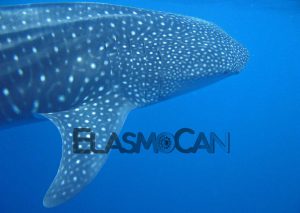 ElasmoCan develops scientific investigations in absence of information about the critical aspects of the survival of sharks and rays, and their degree of vulnerability. We study important characteristics of species in their natural habitat and in the laboratory.
ElasmoCan develops scientific investigations in absence of information about the critical aspects of the survival of sharks and rays, and their degree of vulnerability. We study important characteristics of species in their natural habitat and in the laboratory.
The basic knowledge of the elasmobranchs life strategies allows us to define an efficient management for sustainable use and conservation of these species. Additionally, it also contributes to the understanding of their role in the marine ecosystems.
The most prominent investigations to obtain our objectives are:
Reproduction, essential knowledge
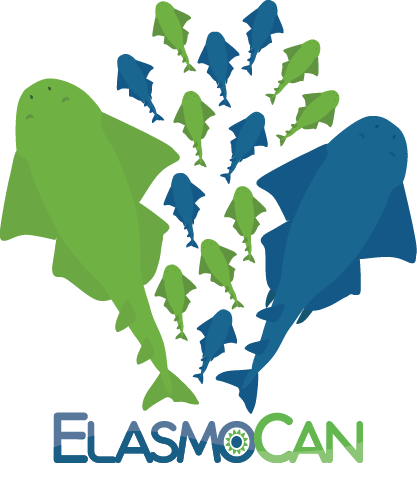 The reproduction or replication of the living beings is a key element to understand the life cycle of an individual and the survival of a species. It gives us an indication of both the reproductive success and the vulnerability of a species. Consequently, it is essential information for species management and without it, we cannot give an ecological interpretation to the observations in its natural habitat.
The reproduction or replication of the living beings is a key element to understand the life cycle of an individual and the survival of a species. It gives us an indication of both the reproductive success and the vulnerability of a species. Consequently, it is essential information for species management and without it, we cannot give an ecological interpretation to the observations in its natural habitat.
The knowledge of the sexual development, maturity scale and reproduction of a species are required to understand other of its biological and ecological processes. The understanding of all these processes should be the base for conservation and management models. An application example is habitat use and population structure study. The maturity scale allows to determine which sex age classes develop certain activities in a habitat type by means of their size and sex.
We mainly seek to respond:
- How do the reproductive organs develop?
- How to classify the sexual development or define the maturity phases?
- How much should an individual grow to reach adulthood?
- How is the cyclical reproduction process?
- Is there a specific period of reproduction?
- When do females give birth to their young?
- To how many pups can females give birth and what is their size?
Read more about the reproductive biology of the angelshark (Squatina squatina) in the island of Gran Canaria.
Habitat Use and Preference
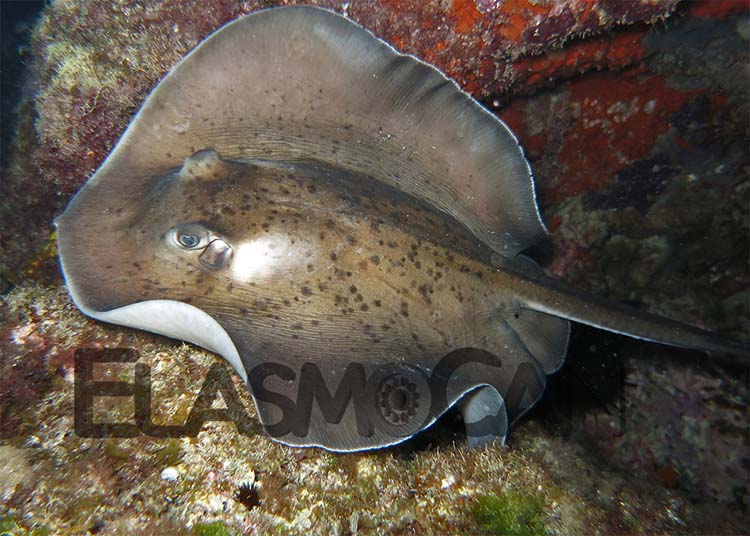 The identification of key habitats and the populations that use them is fundamental for species management and their habitats. The patterns of habitat use and preference of each species allow us to determine its vulnerability to natural and anthropogenic impacts. We mainly seek to respond:
The identification of key habitats and the populations that use them is fundamental for species management and their habitats. The patterns of habitat use and preference of each species allow us to determine its vulnerability to natural and anthropogenic impacts. We mainly seek to respond:
- Which species use the coastal area?
- Which are the different selected habitats?
- Which activities do they develop?
- For how long?
- What is the sex and maturity phase of the individuals?
ElasmoCan has a long-term and periodic monitoring of the habitat use from different shark and ray species in the Canary islands since 2006.
Photo-identification and tagging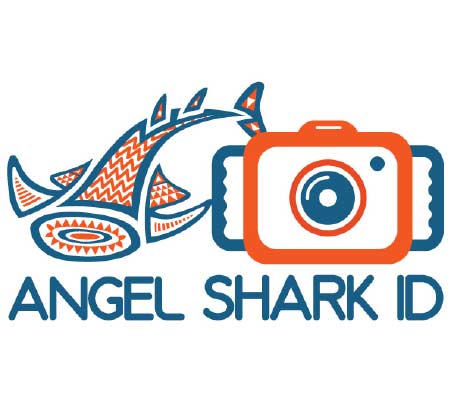
The individual identification of animals in wildlife is a tool to know who is who and to help determine different aspects of its ecology and behaviour in habitat use and dynamic population studies. Depending on the characteristics of the studied species, we employ photo-identification or tagging:
- Photo-identification consists in taking photographs of distinctive characteristics from the individuals. This technique guarantees a minimum impact to the studied species in change of a big effort from the researcher for the initial individual characterization and for posterior recognition of resighted individuals.
- Tagging consists of implanting an external or internal numerated device in the individual. We use this technique when photo-identification cannot be employed.
Parasites
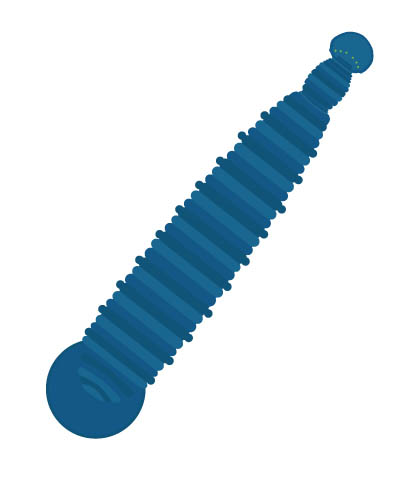 Parasites are organisms that live on or in another organism, called the host, benefitting of its fluids, mucus, tissue or nutrients. They can cause multiple positive or negative effects to their host and affect its behaviour, or even cause its dead, for which it is required to monitor these events.
Parasites are organisms that live on or in another organism, called the host, benefitting of its fluids, mucus, tissue or nutrients. They can cause multiple positive or negative effects to their host and affect its behaviour, or even cause its dead, for which it is required to monitor these events.
Read more about the parasites of the angelshark (Squatina squatina) in the island of Gran Canaria.
Micropredators
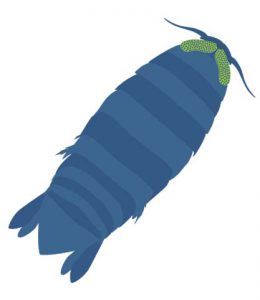 Micropredators are organisms that take small portions of blood, mucus or tissue from their preys. Although these interactions are poorly understood, it is assumed that they are not lethal. It is necessary, however, to monitor these events because they can transmit deseases and change the behaviour of the preys.
Micropredators are organisms that take small portions of blood, mucus or tissue from their preys. Although these interactions are poorly understood, it is assumed that they are not lethal. It is necessary, however, to monitor these events because they can transmit deseases and change the behaviour of the preys.
Read more about the micropredators of the angelshark (Squatina squatina) in the Canary Islands.
Citizen science: Recreational diving
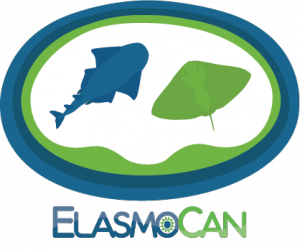 ElasmoCan develops programs named Citizen Science or Science with and for Society. The active participation of citizens in our projects is an important tool to interchange and collect information that helps to generate knowledge for environmental management. This method gives the the opportunity to the population to establish direct contact with researchers and environmental research. In return, more data can be obtained, and in more locations, than normally allowed by limited research budgets. It is important for us to explore this type of data and contrast it with the results of our systematic investigations.
ElasmoCan develops programs named Citizen Science or Science with and for Society. The active participation of citizens in our projects is an important tool to interchange and collect information that helps to generate knowledge for environmental management. This method gives the the opportunity to the population to establish direct contact with researchers and environmental research. In return, more data can be obtained, and in more locations, than normally allowed by limited research budgets. It is important for us to explore this type of data and contrast it with the results of our systematic investigations.
In 2006 the first study of data sighting collection from the angel shark (Squatina squatina) was started in the island of Gran Canaria. The aim of the program was to validate the potential use of angel shark data sightings by divers for determining presence and habitat use, and to assess the behaviour of the sharks towards the divers. On the other hand, education and awareness of the public was improved about the angel shark activities and its conservation status.
Read more about the analysis of 6-year series of data sighting of sharks and rays in El Cabrón (Gran Canaria), contributed by the dive center Davy Jones Diving.
Red PROMAR
To report a sighting of any species in the Canary Islands, we encourage you to use the portal of the Canarian government Red PROMAR.
